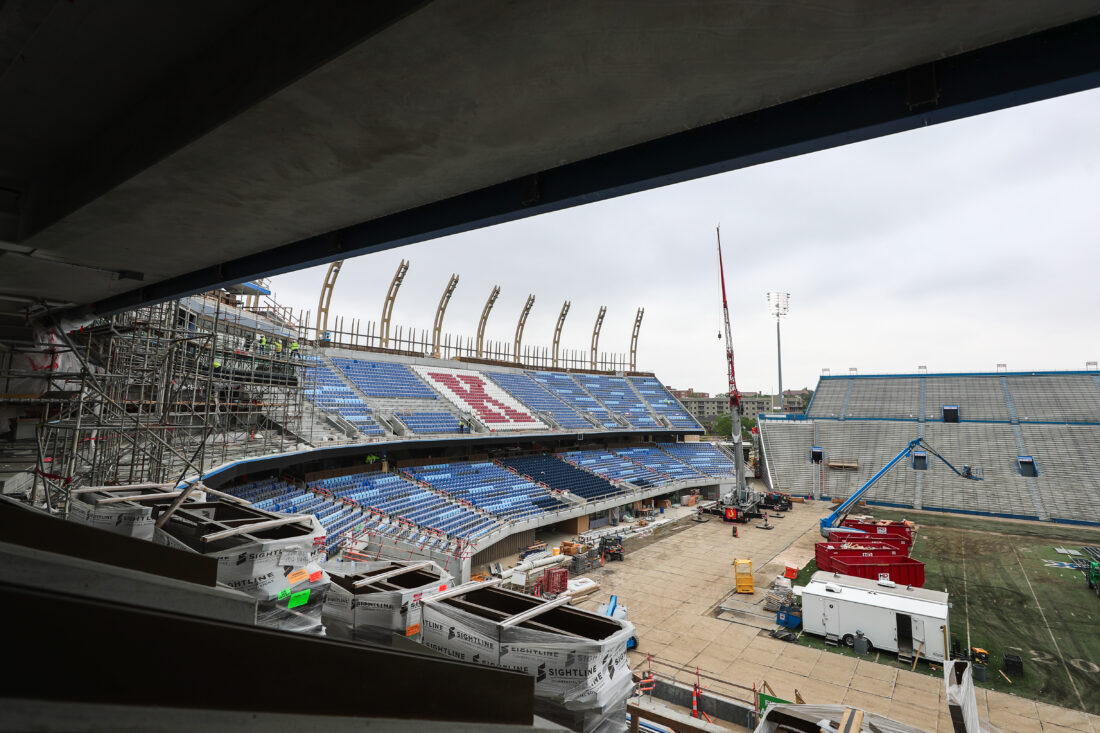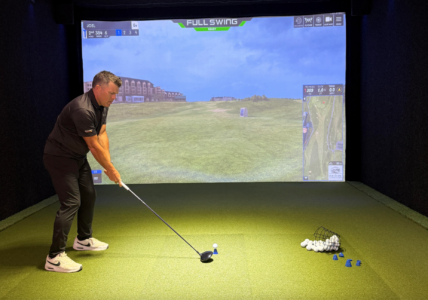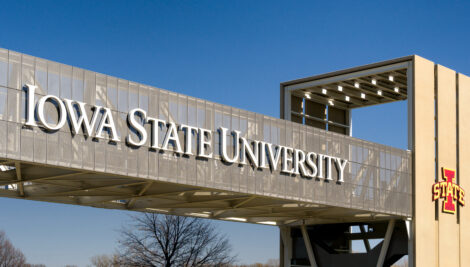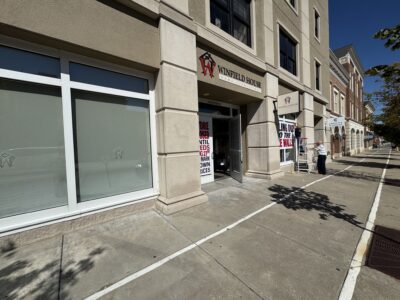
A STAR Bond will take center stage at Lawrence City Hall; future of KU’s convention center at stake
Vote may determine whether hotel gets built next to football stadium

photo by: MultiStudio/University of Kansas
A rendering provides an overview of how a $300 million development project on the east side of David Booth Kansas Memorial Stadium could take shape. The silver multistory building nearest the stadium is a Marriott hotel. The two red buildings along Mississippi Street would be home to student apartments, with restaurants, retail and office space on the ground floor. An outdoor plaza area is located between the three buildings.
There are dinosaurs in Derby. There is soccer in Kansas City. There is modern art in Manhattan.
All those entertainment and tourism projects, plus more than 20 others spread throughout Kansas, are receiving millions in state tax dollars via one of the most unique economic development programs in the country.
In fact, Douglas County is the largest county in Kansas that is not using the program to fund a major entertainment or tourist attraction.
The University of Kansas is hoping that soon changes. Actually, you could argue, KU has made a more than $100 million bet that it will change.
The economic development program is known as Kansas STAR Bonds. Come Tuesday night, we’ll all have a better idea of whether the program will be used for the first time in Lawrence.
The Lawrence City Commission will consider creating a STAR Bond district that encompasses the entire KU campus. The district is the first step in allowing KU and its private development partners to capture tens of millions of dollars in sales tax revenue that would be used to build streets, parking, utilities and other infrastructure needed for a major redevelopment of the area surrounding KU’s football stadium.
Whether that special tax district is formed likely will determine what exists at the northern edge of KU’s campus. What is sure to exist is a partially renovated football stadium that has a conference/convention center built into its north end. Nearly $450 million of construction work on that project is scheduled to be completed in August.
But the creation of the special taxing district holds the key to what comes next. And what comes next likely holds the key to whether the convention center — complete with its 1,000-seat banquet room — is successful.
KU and its private development partners are seeking the STAR Bond district to build all the infrastructure needed to support a 162-room hotel, 40,000 square feet of retail, restaurant and office space, and about 1,000 parking spaces, among other amenities.
So, where does the $100 million bet come into play? The convention center easily added $100 million to the cost of KU’s football stadium project, but KU leaders gladly did it because they think the unique facility would make the KU campus a major convention destination in the Midwest.
But nearly everyone — including KU leaders — acknowledge the convention center will not work well if there isn’t a hotel and much more parking connected to it. Getting conventions to book without a hotel on site is difficult, and just imagine what 1,000 convention-goers would face in trying to find parking near the KU convention center on an ordinary day, if additional parking isn’t constructed.
KU leaders say there is no reason to even try to imagine it. They say the hotel, the parking, the other amenities simply won’t happen if the STAR Bond district — plus a couple of other smaller financial incentive programs — aren’t approved.
The hotel, retail, restaurants and other related amenities are expected to cost about $125 million to build. The parking, the improvements to the east side of the football stadium, a new 20,000-square-foot outdoor plaza for entertainment events, plus all the needed utilities and infrastructure are expected to cost $185 million.
When you add it all up, more than $300 million of new development is likely on the line Tuesday night at City Hall. With that, let’s shine a light on STAR Bonds.

photo by: MultiStudio/University of Kansas
A rendering shows how a $300 million development project on the east side of David Booth Kansas Memorial Stadium could look from the intersection of 11th and Mississippi streets.
What are STAR Bonds?
They basically are a mechanism for a development to keep nearly all the new sales tax dollars that a development creates. For example, if a new restaurant is built next to the stadium, it would be producing new sales tax dollars, and the development would get to keep nearly all those dollars.
There are several districts in Lawrence that do something similar, but are different in one key way. Several developments have received an incentive package that allows them to keep nearly all new local sales tax dollars — i.e. the sales taxes charged by the city and the county. Those developments, however, don’t get to keep the sales tax dollars the state charges.
That’s a huge difference because no one charges a higher sales tax rate than the state. Of the 9.3% sales tax rate in Lawrence, the state’s rate is 6.5%. In other words, nearly 70% of the sales taxes you pay on a purchase in Lawrence goes to the state of Kansas.
Under the traditional economic development incentive used by Lawrence — it is called tax increment financing, if you are keeping score at home — the state doesn’t contribute anything to the development.
With a STAR Bond project, however, the state becomes the primary contributor. The state doesn’t give away all of its sales tax dollar, but it is pretty close. It contributes 90% of every new sales tax dollar it would have collected otherwise.
To get really specific, this is how it would work with the KU project: For every $100 of new purchases that happen in the STAR Bond district, a total of $9.35 would be collected in sales taxes. The state would send $5.85 of those sales taxes to the development, while the City of Lawrence would send $1.57 of the sales taxes to the development, according to a proposed memorandum of understanding between the city and KU.
What happens to the remaining $1.93? The state would keep 65 cents of it for its own uses, and the City of Lawrence and Douglas County would roughly split the remaining $1.28 in sales tax collections.

photo by: Shawn Valverde/Special to the Journal-World
A partially finished “Rock Chalk” in the bleachers of David Booth Kansas Memorial Stadium on Tuesday, April 15, 2025.
Who else uses these STAR Bonds?
At the moment, there are 23 entertainment and tourism projects across the state that use the STAR Bonds, according to a list kept by the Kansas Department of Commerce. Late last month, the American Royal — the huge barbecue contest and rodeo — took a major step to becoming the 24th project. It received a key approval to use STAR Bonds to move to Wyandotte County.
As I noted earlier, Douglas County is the largest county in the state to not have a STAR Bond project. Sedgwick County has eight of them, including a dinosaur park in Derby and the River District in Wichita.
Elsewhere, there’s a sports project in Garden City, an Amelia Earhart attraction in Atchison, a wild West heritage district in Dodge City, multiple soccer projects in Kansas City, a Flint Hills Discovery Center and a contemporary art museum in Manhattan, a downtown redevelopment project in Salina, and a children’s museum in Overland Park that all have won STAR Bond approvals from the state and their respective city governments.

photo by: Shawn Valverde/Special to the Journal-World
David Booth Kansas Memorial Stadium is pictured on Tuesday, April 15, 2025.
How can the city think about doing this when it is running a budget deficit?
The City of Lawrence’s budget is in rough shape. As matters stand now, the city is projecting a $6.6 million budget shortfall for 2026. The city recently began offering voluntary buyouts for some city employees in an effort to save money. A property tax increase likely will be considered during this summer’s budget sessions.
The STAR Bond proposal, however, doesn’t ask the city to use any existing revenues to fund the project. Rather, the STAR Bonds are based on the idea of using new money that is generated by the development.
For example — and these numbers are purely fictional — suppose the area around the stadium currently generates $1 million a year in sales taxes. After the hotel, restaurants and other developments are added, assume that the area around the stadium produces $3 million in sales taxes. The development project would not get the full $3 million. It would get its share (see above) of the $2 million in new sales tax money.
If for some reason the new development is a flop, and the area around the stadium only produced $500,000 in sales taxes, the developers wouldn’t get any money for the STAR Bonds. They would be left to figure out how to pay those costs on their own.
KU, however, is hedging its bets in that regard. It is asking the City Commission to draw a very large STAR Bond district. Instead of the district being the area immediately around the stadium, the district is the entire KU campus, including West Campus. That’s very important because West Campus currently is developing with new commercial projects.
A Dillons grocery store is under construction, and plans for an Olive Garden restaurant are moving forward. Thus, when you buy groceries at Dillons or eat 14 pounds of breadsticks at Olive Garden, a good portion of the sales taxes you pay on those purchases will be used to fund improvements at the stadium site.

photo by: Sarah Buchanan/Special to the Journal-World
Construction work is ongoing at David Booth Kansas Memorial Stadium on Friday, April 25, 2025.
How much will these STAR Bonds provide for developers?
KU and the city are estimating the STAR Bond program would pay for $60 million worth of improvements at the stadium site. None of those improvements could be for the hotel building or the student housing building or other privately owned structures. The STAR Bond money would be used to pay for the infrastructure that would support the conference center and overall site. Parking would be a big part of that. The site currently has about 300 parking spaces on the east side of the stadium that would be removed. Plans call for 1,000 new parking spaces to be built, thus an increase of about 600 spaces over what is there today. Most would be underground, which adds to the cost.
Of the $60 million that the STAR Bonds would produce, more than $40 million of it would be sales tax dollars that would come from the state, rather than the local governments. KU officials have said that will be one of their major selling points when they present the project to city commissioners on Tuesday. When is the next time you expect the state to give you $40 million to support a convention center?
But their argument likely won’t stop there. As part of the first phase of the Gateway project — the construction work that is underway now — the state gave KU about $85 million in grants to assist with the construction of the conference center portion of the project. Thus, at the end of the day, the state would be contributing $125 million to the conference center project.
That likely would make it the most heavily state-funded convention center in Kansas. In most other communities, city government is the major funder of convention centers.

photo by: John English
Construction work at David Booth Kansas Memorial Stadium is pictured from an airplane on Feb. 21, 2025.
What’s the downside to these STAR Bonds?
They are not universally loved. However, most of the opposition has come from state lawmakers rather than officials in cities. Most cities have seen STAR Bonds as an opportunity to get state money they wouldn’t get otherwise.
Some state lawmakers, though, have questioned whether the program is actually producing enough statewide benefits to justify its costs. The Kansas Legislative Division of Post Audit — the professional number crunchers for the Legislature — hasn’t been very positive about the STAR Bond program.
In 2021, the Post Audit division found many STAR Bond projects weren’t overly successful at attracting out-of-state tourists, which was the primary goal of the program when it was created in the 1990s. The Kansas Speedway in Wyandotte County was the first project, and it has been credited as attracting lots of out-of-state visitors. But a fieldhouse project in Salina, the Flint Hills project in Manhattan, and the riverwalk district in Wichita, for example, were all found to produce very little out-of-state tourism.
By 2024, supporters of the STAR Bond program began arguing that out-of-state visitors shouldn’t be the only metric used to measure the success of STAR Bond projects. They said that the projects also should be given credit for improving the overall quality of life in a community.
So, the Post Audit division conducted another study in late 2024 looking at how much STAR Bond projects had improved the quality of life in various communities. They said that was a very tough thing to measure, though they said there was some evidence the projects had produced quality-of-life gains. But the report also found that the projects weren’t doing much to attract new residents to those communities, which would be the most likely way the state would financially benefit from quality-of-life gains.
State lawmaker opposition to the STAR Bond program is significant enough that it is unclear whether the program will remain part of the state’s offerings for much longer. The program is scheduled to sunset in 2026, unless lawmakers vote to extend it.
What’s next?
City commissioners will meet at 5:45 p.m. on Tuesday at City Hall to consider approving the STAR Bond district. Tuesday’s actions by the City Commission, however, won’t be the final votes needed for the project. City commissioners, if they move the project forward on Tuesday, will be asked to take other key votes to finalize the STAR Bond district in July and August. Another taxing district — a Community Improvement District — that would create a new 2% special sales tax for all purchases made at the stadium and on the KU campus still must be agreed to as well. That item also is expected to come to the City Commission in July and August.







